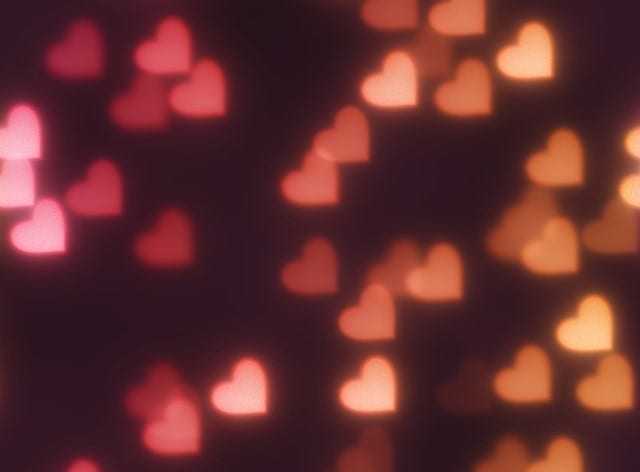
Bokeh is a beautiful way to experiment with your camera. It comes from a Japanese term meaning haze or blur.
Bokeh is an aesthetic quality in photography in which blur is deliberately used for a visually pleasing effect. Bokeh is an effect where background highlights appear out-of-focus, and looks like glowing orbs of light.
This guide will help you to make the most of this creative photography trend and get the best bokeh results.

Choose the Right Lens
First, you’ll need to choose the right lens. Faster lenses, below a 50mm f2.8, are perfect for capturing bokeh. Your lens will influence the size and shape of the bokeh effect visible in your photographs.
Aperture is a space which light passes through to take a a photograph. The aperture is affected by the blades that open and close in your camera lens. Bokeh will look different when lenses with different apertures are used.
An aperture with sharper octagonal corners will create octagonal bokeh. Lenses with smooth circular aperture blades will create round, soft bokeh.
If you don’t have a fast lens, you can still experiment with bokeh. Just adjust your aperture settings to a smaller aperture and then increase the distance between your subject and the background.
If you find you like capturing images with bokeh you can always upgrade your camera lens later.

Find a Good Subject
There are many different ways to use bokeh in your photography to great effect. Don’t limit yourself to just capturing bokeh by itself.
These can be pretty but can get a little boring. By capturing subject in the foreground and bokeh in the background you can make a good photo great.
You can capture a child’s face against Christmas tree lights, or sunlight behind some flowers. Get creative! There’s always something interesting you can use as a subject.
Combining an everyday subject with the captivating bokeh effects will give you excellent results.

Play with Depth of Field
As soon as you begin experimenting with bokeh you will see the importance of depth of field (the distance between the nearest and furthest objects giving a focused image). The depth of field will control how much of your photo is out of focus or blurry.
Bokeh allows the photographer to take full advantage of those out-of-focus portions of a photograph.
Depth of field is an essential consideration. A short depth of field will effectively blur the background highlights which will produce the bokeh effect.
The closer you and your camera are to your focal point, the better the result you will get. Increasing the distance between the subject and the background will also help.
Other things to consider when playing with the depth of field is aperture and focal length. A low aperture will decrease your depth of field. Conversely, the shorter focal length will increase your depth of field.

Create Awesome Effects
Smaller light sources work best to create an impressive bokeh effect. Fairy lights, tealight candles, sunlight through leaves and distant city lights all make for a striking bokeh effect.
Using some black paper and some scissors you can create a faux aperture that you can tape onto the end of your lens like a makeshift lens cap.
If you cut out a shape in the centre of paper, the bokeh can take on whatever shape you desire, like hearts or stars.
Using bokeh you can hide those boring backgrounds, play with colours, and take brilliant and creative photographs of everyday objects.
To get the best bokeh results you need the best equipment. Check out our huge range of cameras and accessories in our online store. You can find more helpful tips on the Camera House blog or head into your local Camera House shop for expert advice.
